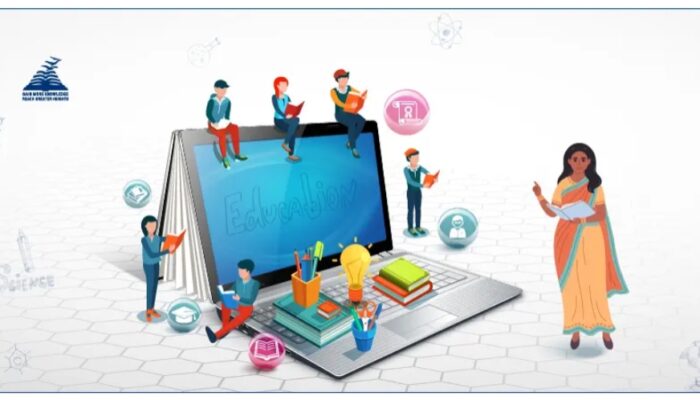The rapid advancement of technology has had a profound effect on education. From online learning platforms to digital classrooms, technology is reshaping how students learn and interact with their instructors. Parimatch Việt Nam serves as an example of how technology creates engaging experiences, and similar innovations are transforming education, making it more accessible and personalized for students worldwide.
Online Learning: A New Era of Education
Online learning has become essential, providing flexibility and access to a variety of courses that cater to different learning styles and schedules. This mode of learning allows people to study at their own pace, anywhere, breaking traditional barriers.
Benefits of online learning:
* Flexibility: Study anytime, anywhere.
* Variety of Courses: Access courses in various fields.
* Self-Paced Learning: Learn at your own speed.
Platforms like Coursera, edX, and Udemy offer courses from top universities, helping individuals improve their skills and career prospects.
Digital Classrooms: Bridging Teacher-Student Interaction
Digital classrooms have gained popularity, especially after the COVID-19 pandemic. Tools like Zoom, Microsoft Teams, and Google Classroom allow real-time interaction, making learning accessible from home. These platforms also provide multimedia resources that enhance engagement and improve the learning experience.
Artificial Intelligence in Education
AI is transforming education by providing personalized learning experiences tailored to each student’s needs. AI can analyze student performance, identify areas for improvement, and offer customized recommendations to enhance learning efficiency. AI-powered tutoring systems adapt the pace of learning based on individual progress, ensuring students grasp concepts before moving on. These tools also relieve teachers from administrative tasks, allowing them to focus on providing personalized support.
As AI continues to evolve, it will play an even larger role in making education more interactive, efficient, and accessible.
Gamification and Interactive Learning
Gamification is increasingly popular in education, turning learning into a fun and engaging experience. By incorporating rewards, challenges, and levels, educational apps like Duolingo and Kahoot motivate students to stay engaged. Duolingo uses a point system and daily challenges to keep language learners on track, while Kahoot makes quizzes interactive and competitive.
These gamified approaches not only make learning enjoyable but also improve knowledge retention and help students track their progress, making subjects like math and languages more accessible and fun.
Conclusion: The Digital Future of Education
The future of education is digital, with technology making learning more accessible, engaging, and personalized. With the growth of online learning platforms, digital classrooms, AI tools, and gamification, education is evolving to meet the needs of today’s learners, offering new opportunities for self-improvement and success.












